Voyage to Antarctica: World of ice
Part 1 of 3. Lu Liangliang checks in from aboard the SA Agulhas II after departing Cape Town for Antarctica.
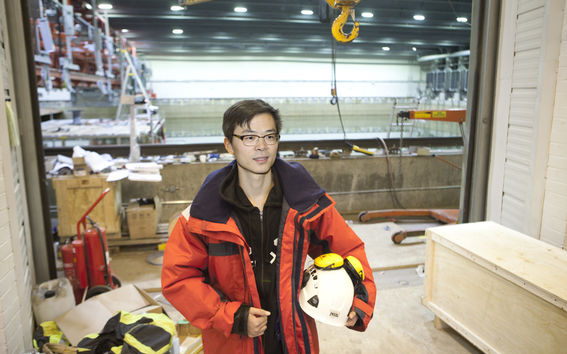
There may be no better place to study icy conditions than a polar region, which is why 29-year-old doctoral student Lu Liangliang is bound for the Antarctic. As part of the 2019 Weddell Sea Expedition,Lu has boarded logistics and research ship SA Agulhas II, on which Aalto researchers first visited the region in 2012,to study the impact of sea ice on ship hulls.
As with Aalto University’s earlier Antarctic travellers, Lu is interested in the impact of sea ice on loads acting on ships’ hulls, but his scope is wider.
Even though polar ice is melting down due to climate change, ice will continue to be a reality for our oceans and seas. In fact, since the transportation of global goods relies mainly on shipping, studying ship behaviour and ship safety in ice is vital. Finland, for example, relies on Baltic Sea ice breakers to keep routes open for supply and trade all year round. Ice-related research is also growing in significance for the Northern Sea Route, as ice cap melt will likely attract more traffic to the Arctic Ocean in the near future.
Lu and Agulhas II set sail for Antarctica from Cape Town on 6 December and return in the beginning of March – quite a lengthy trip in an area with only occasional satellite connections to keep in touch with friends and family. Before he embarked on the journey, Lu shared his thoughts on the expedition.
‘I was inspired by the teachers in marine and arctic technology at Aalto. They lead us to a world of ship performance and ship safety in ice, both extremely interesting areas. On the other hand, this topic is getting more and more important.’
‘On the trip I have four research focuses, from micro to macro: ice property measurement and observation; ice condition monitoring; ice load monitoring; and ship motion, manoeuvring and onboard oil spill preparedness’.
‘Naturally, I’ll need equipment for ice property measurement and ice coring: for example a thermometer, salinity measurement meter, electronic scale; light table, polarizer, bandsaw, three-point bending machine and ice compress machine. Then, of course, equipment for ice condition monitoring: a stereo camera system, top camera system, side cameras, among other things. For examining ice loads, I’ll be using a built-in ice load monitoring system. Meanwhile, I will also bring additional IMU and GPS devices to record ship motions and relevant positions. For documentation and communication, I’ll have computers and a satellite phone.’
‘I wish to finish the research focuses successfully and see penguins. We will be sailing over to Weddell Sea, and on one hand I hope we’ll have a lot of ice for research, but on the other hand I hope we do not get stuck in ice. There are also a lot of other scientists on board, and I would like learn about their research and see an AUV (autonomous underwater vehicle) in action to view the underwater conditions in the Antarctic and maybe the wreck of the Endurance.’
‘I will try to use WhatsApp, email and satellite phone when possible. I’ll also try to keep a diary to share later.’
‘Research, research… writing… and learn from others. Maybe the gym and sauna also.’
‘No, actually I only have had a few days’ sail in the Northern Baltic Sea.’
‘I come from China and worked in Shanghai for two years as a naval architect after graduating with a bachelor’s degree. I then began to rethink things and decided, together with my girlfriend at that time (now wife), to go abroad and learn more about maritime engineering and get a wider picture of ourselves and the world. I studied in Norway for my first year of master’s studies and the second year at Aalto in the Nordic Five Tech programme. After that, I continued to doctoral studies after an internship in France.’
Good luck and safe travels, Liangliang!
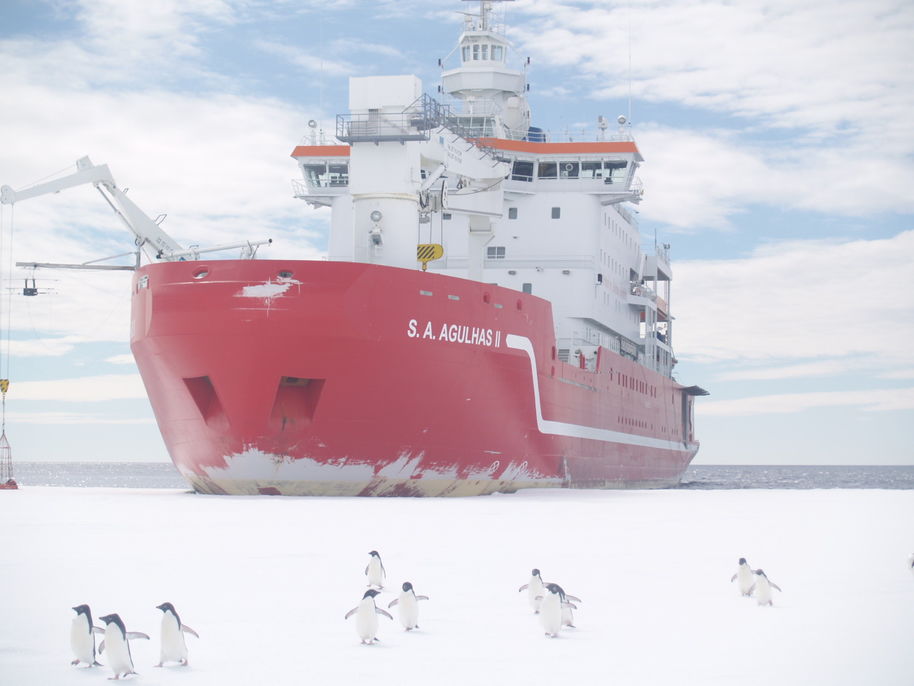
Lu Liangliang submitted photos and stories over the duration of his journey. Check out his dispatches below.
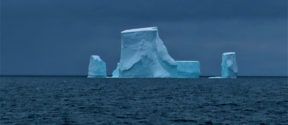
Part 1 of 3. Lu Liangliang checks in from aboard the SA Agulhas II after departing Cape Town for Antarctica.
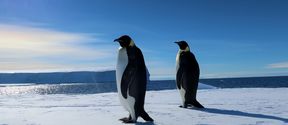
Part 2 of 3. Lu Liangliang reports from the Antarctic at the beginning of the new year.
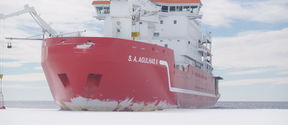
Part 3 of 3. Lu Liangliang files his final report from the Antarctic before returning to Finland.
The Weddell Sea Expedition 2019 is a non-governmental research expedition that will undertake a 45-day research cruise to the Weddell Sea in January and February 2019. The research programme will be led by the Scott Polar Research Institute, University of Cambridge, UK and will also involve researchers from the Nekton Deep Ocean Exploration Research Institute at the University of Oxford, UK, Nelson Mandela University and the University of Cape Town, South Africa, and the University of Canterbury, New Zealand. The expedition will be chartering the South African polar class research and logistics vessel S.A. Agulhas II.
The scientific team will comprise researchers from several disciplines, including glaciology, marine geology and geophysics, marine biology and oceanography, and marine archaeology.
The primary target research area is the Larsen C ice shelf and specifically the area of the seafloor recently made accessible through the A68 iceberg calving event of July 2017. Secondary research areas are the Fimbul and Riiser-Larsen ice shelves in the eastern Weddell Sea, and the wreck of Nordenskjold’s Antarctic close to Paulet Island in the north-western part of the Antarctic Peninsula.
The researchers will attempt to locate and undertake a marine archaeological survey of the historic wreck of Sir Ernest Shackleton’s ship Endurance, which sank in the western Weddell Sea in 1915.



